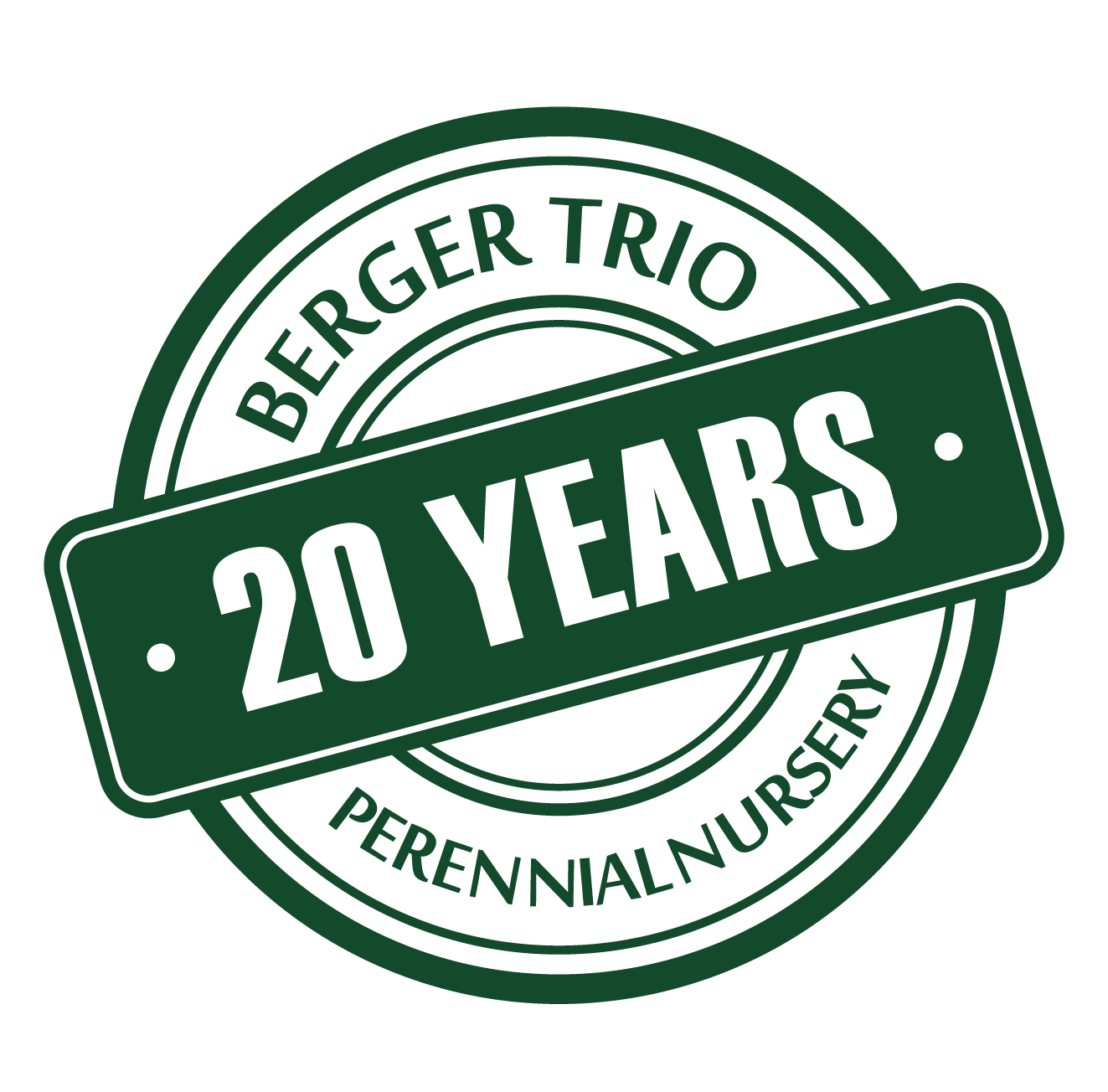In our catalogue the most important specifications and differences are shown with the following aspects taken into account: leaves can be slightly or heavily fluffy, cobwebby or bald. Sempervivums can be distinguished the best on the basis of their colours and the shape of their leaves. Their shades of colours are usually different during growing season and dormancy. There are also great alterations concerning the diameter of rosettes. Sempervivum varieties with small rosettes grow several offsets while ones with larger rosettes proportionally produce less.
They have typically preference for full sun exposure and require little water so they will show their most stunning colours. Their flowers can be pink, white or light yellow. They need moderately fertile, well-drained soil and are not susceptible to diseases. These perennials can be used in rockery gardens, stone containers, tubs, flower boxes, flower arrangements as well as in retaining walls and green roofs.
In our nursery garden, different varieties of Sempervivums are distinguished – with a few exceptions – by numbers. By now, we have a collection of more than a hundred different varieties of which we carefully select the most stunning and most marketable ones for cultivation. We offer these products in commercial quantities.
In our nursery garden, different varieties of Sempervivums are distinguished – with a few exceptions – by numbers. By now, we have a collection of more than a hundred different varieties of which we carefully select the most stunning and most marketable ones for cultivation. We offer these products in commercial quantities.
Knowing and using Sempervivums (a.k.a. houseleeks) date back to B.C. Back then, old folks believed that growing houseleeks on the roofs of houses wards off fire and lightning strikes. In medieval monasteries, they were grown and used as herbs and medical plants. Over time they gained importance in farmhouses; however not because of their usefulness, rather being an undemanding, resistant, nonetheless, attractive plant. Today these pretty succulents live their new careers. They are becoming more and more popular in parks and gardens; their versatility is also demonstrated through their wide range of usage. They are trendy accessories of wedding decorations e.g. using them in wedding bouquets, centrepieces and wedding favours. They are often applied for wreaths and graveyard decorations. For decades now, houseleeks are also used in the cosmetic industry, phytotherapy and for medical purposes.
